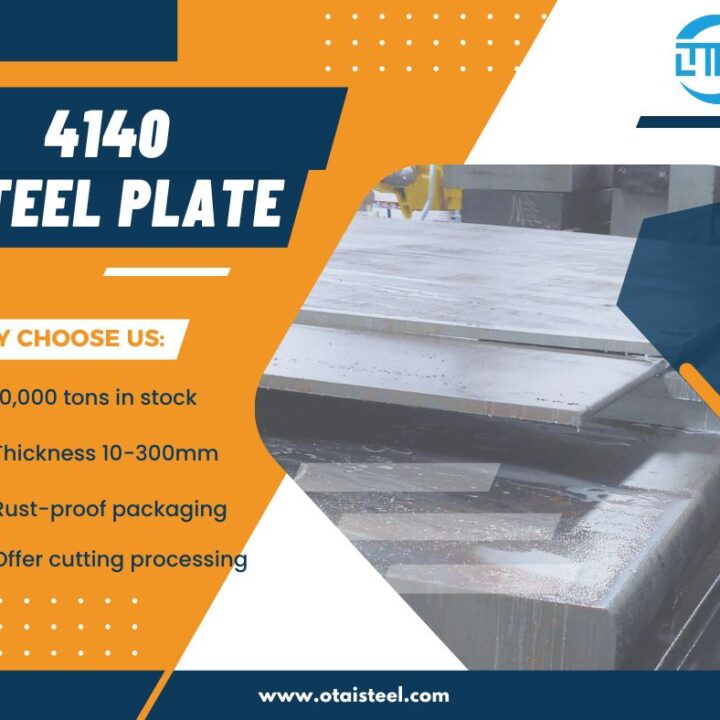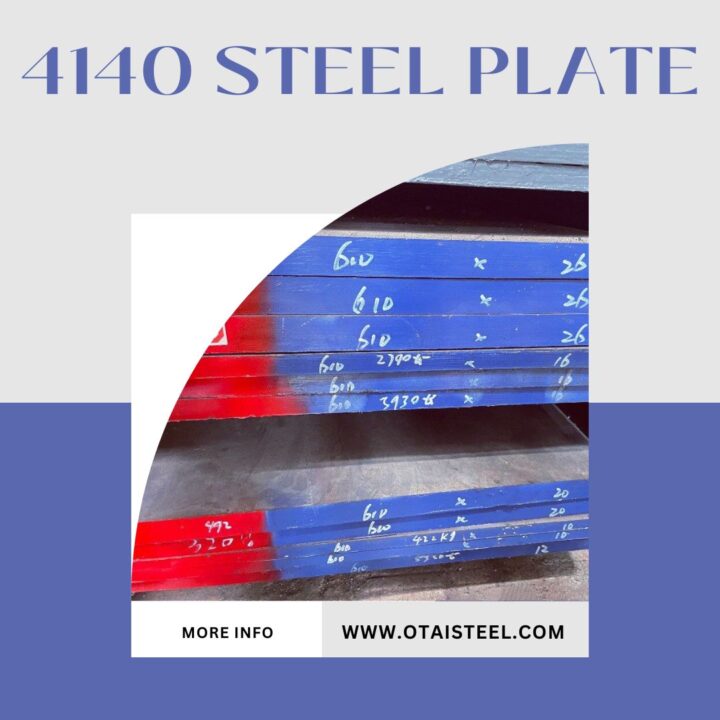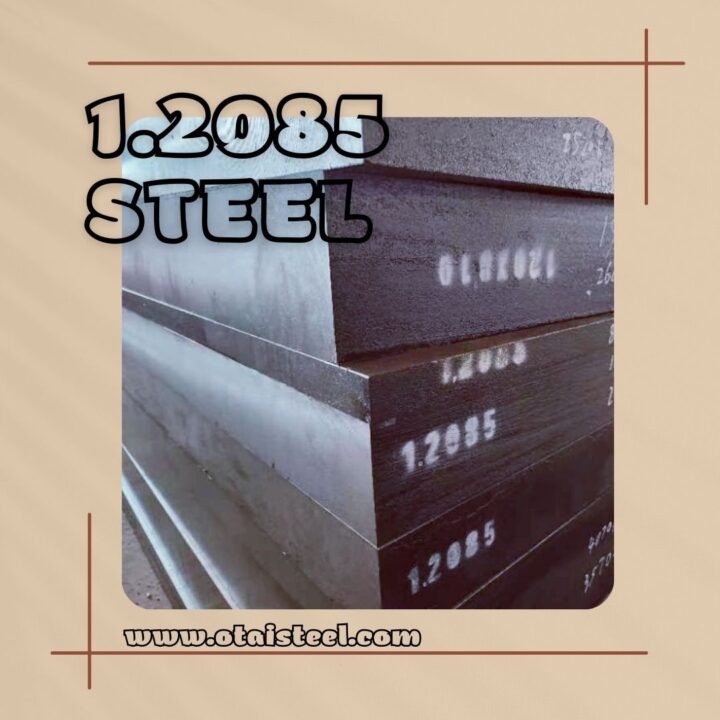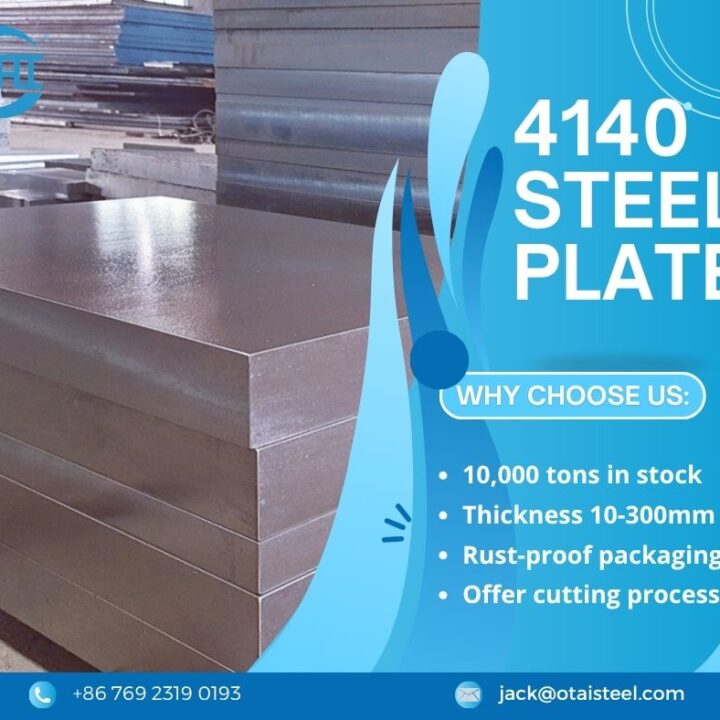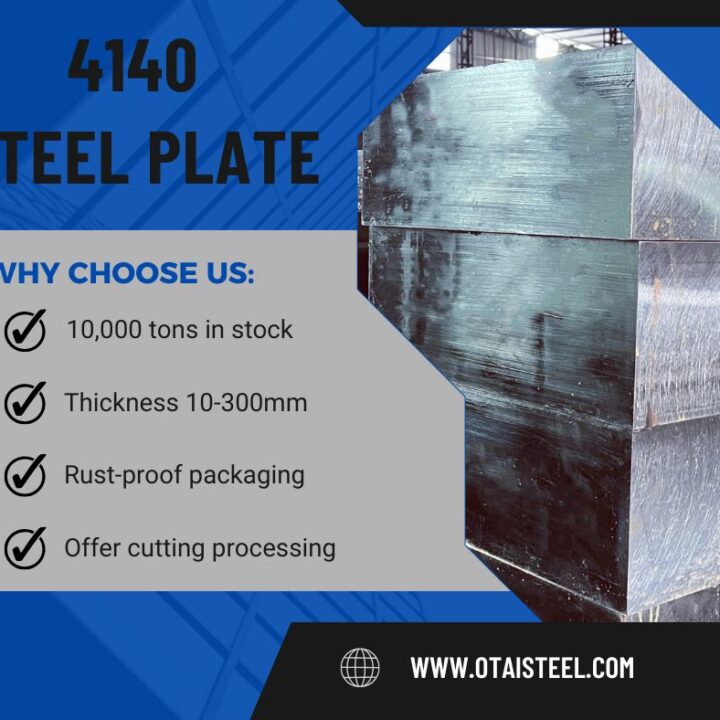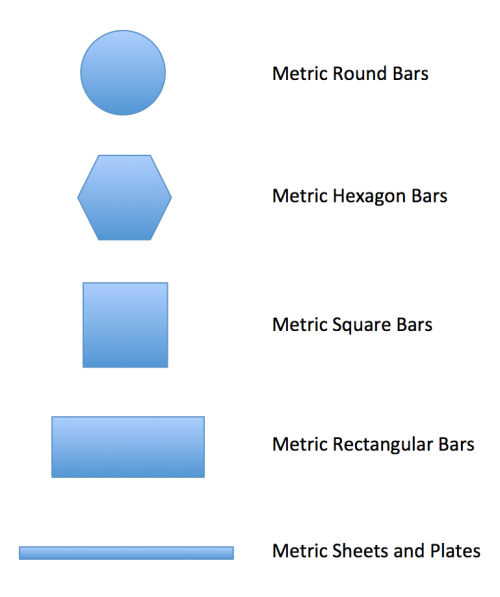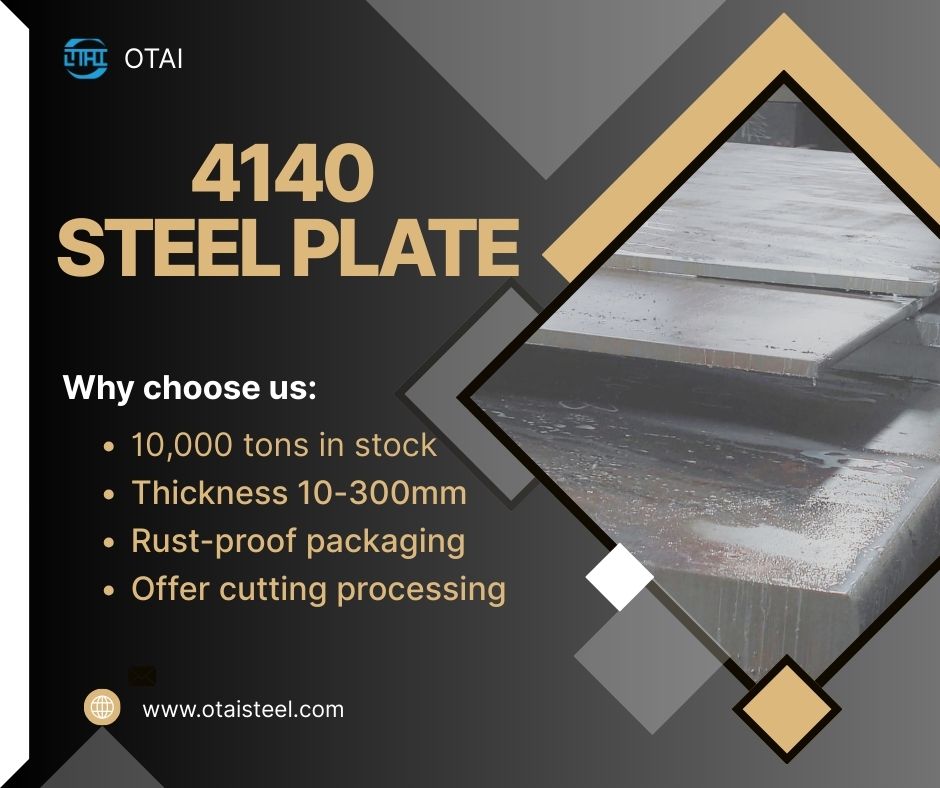
The melting point of 4140 steel is an important consideration in manufacturing processes that involve heat treatment, welding, and forging. Engineers and manufacturers use this information to make informed decisions during machining, forming, and other operations.
In this article, we will explore the melting point of 4140 steel, factors that affect it, and why this property matters for the steel’s performance and application.
🌡️ What is the Melting Point of 4140 Steel?
4140 steel is a chromium-molybdenum alloy steel known for its high strength, toughness, and wear resistance. The melting point of 4140 steel typically ranges between 1,400°C (2,552°F) and 1,500°C (2,732°F), depending on its specific alloy composition and heat treatment process.
Why Does This Matter?
The melting point of a steel alloy like 4140 determines how it reacts to heat during processes such as welding, casting, and heat treatment. Engineers use this knowledge to prevent overheating or underheating, which can affect the final properties of the steel.
🔥 Factors that Affect the Melting Point of 4140 Steel
1. Composition of the Steel
The carbon content and the addition of alloying elements (such as chromium and molybdenum) directly affect the melting point of 4140 steel. Higher carbon content usually raises the melting point, while alloying elements like chromium improve strength, hardness, and corrosion resistance but slightly lower the melting temperature.
2. Heat Treatment Process
The heat treatment process (including quenching and tempering) does not directly change the melting point but influences the steel’s properties at various temperature ranges. For example, 4140 steel typically undergoes hardening between 1,000°C – 1,200°C (1,832°F – 2,192°F), which is far below its actual melting point.
3. Impurities in the Steel
The presence of impurities in the steel can reduce the melting point. Elements like sulfur and phosphorus lower the melting temperature, which can lead to more distortion or failure when exposed to high heat.
4. Form of the Steel
The form of 4140 steel—whether it’s in plates, bars, or tubes—can impact how heat distributes during melting. Thicker sections may melt at slightly lower temperatures because of slower heat penetration.
🛠️ Why the Melting Point Matters in Manufacturing
🧯 Welding
When welding 4140 steel, it’s crucial to keep the temperature below the steel’s melting point to avoid distortion or cracking. Engineers preheat the material before welding and use post-weld heat treatment to control temperature, prevent stress, and improve weld quality. The melting point helps guide the heat management during welding.
🔨 Forging and Heat Treatment
4140 steel is often forged for use in heavy machinery and automotive components. Engineers heat the steel to the right temperature, typically between 1,200°C and 1,300°C (2,192°F – 2,372°F). This temperature is well below the melting point but high enough to make the steel malleable for shaping.
🏗️ Casting and Structural Components
When using 4140 steel for casting or structural components, manufacturers must control the temperature to avoid reaching the melting point. Casting temperatures are lower than the steel’s melting point, but engineers still need high heat to ensure the smooth flow of liquid steel into molds.
🌍 Applications of 4140 Steel
4140 steel is used in high-stress applications across industries, including:
-
Automotive Components: Axles, gears, crankshafts
-
Heavy Machinery: Connectors, shafts, tool holders
-
Oil & Gas: Drill collars, pressure vessels
-
Toolmaking: Dies, molds, cutting tools
In these applications, knowing the melting point ensures that manufacturers select the right heat treatment and forging processes to meet performance requirements.
🌟 Why Choose Otai Special Steel for 4140 Steel?
At Otai Special Steel, we provide top-quality 4140 steel that meets the most stringent industry standards. We offer:
-
🏭 Large Inventory: We keep over 10,000 tons of 4140 steel in stock, available in various forms and sizes.
-
📐 Customization Services: We provide tailored cutting, heat treatment, and other custom services to meet your exact needs.
-
🔍 Quality Assurance: Our 4140 steel undergoes strict testing, including ultrasonic testing (UT), chemical analysis, and hardness verification.
-
🌍 Global Shipping: With years of experience, we deliver 4140 steel to over 50 countries worldwide.
-
💰 Competitive Pricing: We offer affordable pricing without compromising on quality.
❓ FAQ
Q1: Can I use 4140 steel in high-temperature applications?
A: Yes, 4140 steel is heat-treated and can handle high temperatures. However, care must be taken not to exceed its melting point during processes like welding and forging.
Q2: What happens if 4140 steel exceeds its melting point?
A: If 4140 steel exceeds its melting point, it can lose its structural integrity, becoming too soft and leading to defects like cracks or excessive distortion.
Q3: How do I heat treat 4140 steel without reaching the melting point?
A: During quenching and tempering, 4140 steel should be heated to temperatures below the melting point. Typical hardening temperatures range from 800°C to 1,000°C (1,472°F – 1,832°F).
Q4: How does the melting point of 4140 compare to other steels?
A: The melting point of 4140 steel is higher than carbon steels but lower than other high-alloy steels. This makes it easier to work with during manufacturing processes like welding and forging.
Q5: How does the composition of 4140 steel affect its melting point?
A: The presence of chromium and molybdenum increases the steel’s resistance to heat and wear, allowing 4140 steel to maintain strength at higher temperatures, even though it has a slightly lower melting point than some other alloy steels.

